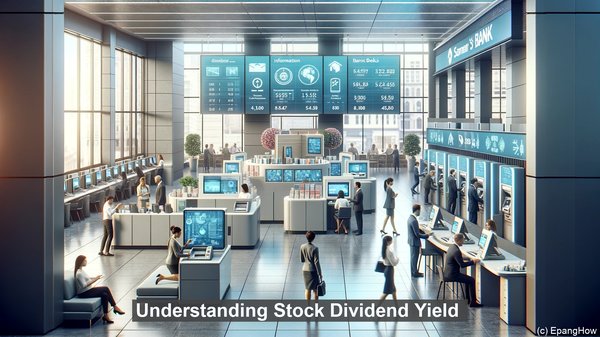Introduction: The World of Investments
Hello everyone, and welcome to our article on bond yield and stock dividend yield. When it comes to investing, there are numerous options available. Bonds and stocks are two popular choices, each with its own unique features. Today, we’ll be focusing on bond yield and stock dividend yield, exploring their definitions, calculations, and significance. So, let’s jump right in!

Defining Bond Yield
To understand bond yield, we first need to grasp the concept of a bond. A bond is essentially a loan made by an investor to a company or government entity. In return, the investor receives periodic interest payments, known as coupon payments. Bond yield, then, is the return an investor can expect to earn from a bond. It is typically expressed as a percentage of the bond’s face value. Now, bond yield can be further categorized into two types: current yield and yield to maturity. Current yield is calculated by dividing the annual coupon payment by the bond’s market price. On the other hand, yield to maturity takes into account not only the coupon payments but also the bond’s price fluctuations over its entire lifespan. This provides a more comprehensive measure of the bond’s potential return.
Understanding Stock Dividend Yield
Moving on to stock dividend yield, we shift our focus to the world of stocks. Unlike bonds, stocks represent ownership in a company. When you invest in stocks, you become a shareholder, entitled to a portion of the company’s profits. This is where stock dividend yield comes into play. It is the ratio of the annual dividend per share to the stock’s current market price. Essentially, it tells us how much cash flow an investor can expect to receive from their stock investment. It’s important to note that not all stocks pay dividends. Companies that are in their growth phase often reinvest their profits back into the business, rather than distributing them as dividends. In such cases, the stock dividend yield would be zero.

Comparing the Calculations
When it comes to calculating bond yield and stock dividend yield, the formulas are relatively straightforward. As we mentioned earlier, bond yield is calculated by dividing the annual coupon payment by the bond’s market price. On the other hand, stock dividend yield is obtained by dividing the annual dividend per share by the stock’s market price. While the calculations may be simple, they provide investors with valuable insights. By comparing the yields of different bonds or stocks, investors can make informed decisions about where to allocate their funds.
Significance in Investment Decisions
Now that we understand the definitions and calculations, let’s delve into why bond yield and stock dividend yield matter in the realm of investments. For bond investors, the yield serves as an indicator of the bond’s attractiveness. A higher yield implies a potentially higher return, but it could also signify greater risk. On the other hand, stock dividend yield is often seen as a measure of a stock’s income-generating potential. A higher yield suggests a greater cash flow, which can be particularly appealing for income-focused investors. However, it’s essential to consider other factors, such as the company’s financial health and growth prospects, before solely relying on the dividend yield as a decision-making tool.
